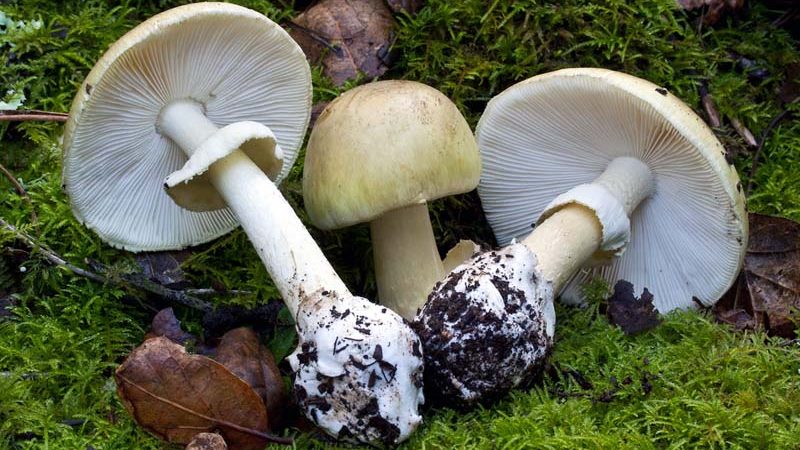City councillor warns of deadly mushroom found in East Vancouver

Posted October 16, 2024 4:27 pm.
Last Updated October 17, 2024 6:30 am.
A deadly species of fungi was spotted in Vancouver this week.
City Coun. Pete Fry raised the alarm on social media Wednesday after finding amanita phalloides — or ‘death cap’ mushrooms — in East Vancouver.
Fry tells 1130 NewsRadio that the invasive species from Europe is responsible for roughly 90 per cent of mushroom deaths worldwide, noting an incident in 2016 in which a three-year-old boy died after eating a death cap in Victoria.
“They are a legitimate threat to people and pets, especially if they’re on the smaller side,” said Fry.
But he says his interest in fungi extends beyond protecting locals from deadly encounters.
“This is a weird side hobby for me, and I’m by no means a mycologist,” said Fry, adding that it is worth being aware as death caps are becoming more prolific in the Pacific Northwest.
Fry says the mushrooms can be identified by their white stem and gills with a metallic-green cap, usually found under oak trees and hornbeams.
He says with the recent rain in Vancouver, they may pop up more frequently.
The Vancouver Park Board tells 1130 NewsRadio that while the mushrooms are not toxic to touch, they can be poisonous if ingested.
“The underground mycelium will continue to produce mushrooms as long as conditions are favourable, so there’s a strong chance more will show up and they should be plucked as well,” the Park Board shared.
The Park Board says that to safely get rid of the mushroom, you can “pluck the mushroom from the ground and place the mushroom in a bag and then in the garbage (ideally not green waste), and then wash your hands well with soap and water afterwards. Gloves can be worn as a precaution, if available.”
If you happen to see them in a park, the Park Board urges you to call 311 and report the sighting.
“If the mushroom is in a very bad spot in a park and needs immediate attention (ie near a playground with children or a dog park), an adult can pluck it and place it in a garbage can, washing their hands with soap and water afterwards,” it continued.
The Vancouver Park Board adds that you shouldn’t mow over the death caps, or any mushrooms, as it can spread spores.
“Unfortunately fungi in general are extremely difficult to control the spread of due to spore dispersal and the vast underground mycelium network. Amanita phalloides form beneficial relationships with many species of deciduous trees, so eradication is not really feasible. The fungus was introduced to North America likely from Europe decades ago,” the Park Board stated.
The BC Centre for Disease Control says if you come across a death cap, you should also report it to the provincial government.
If you or someone else has somehow ingested a death cap mushroom, the BCCDC says you should “immediately go to an emergency room. Early treatment is important.”
“To speed up treatment and improve the outcome, bring specimens of the mushroom with you to the hospital and information about the specific location where the mushrooms were found.”
—With files from Michael Williams









